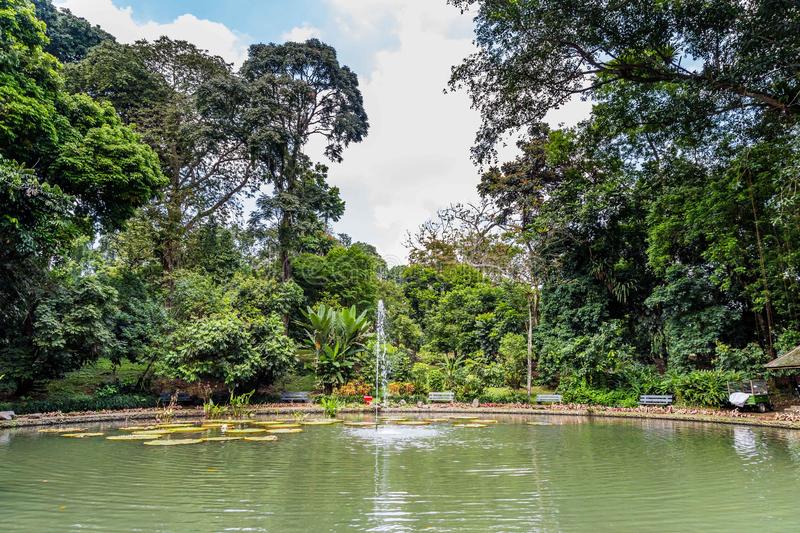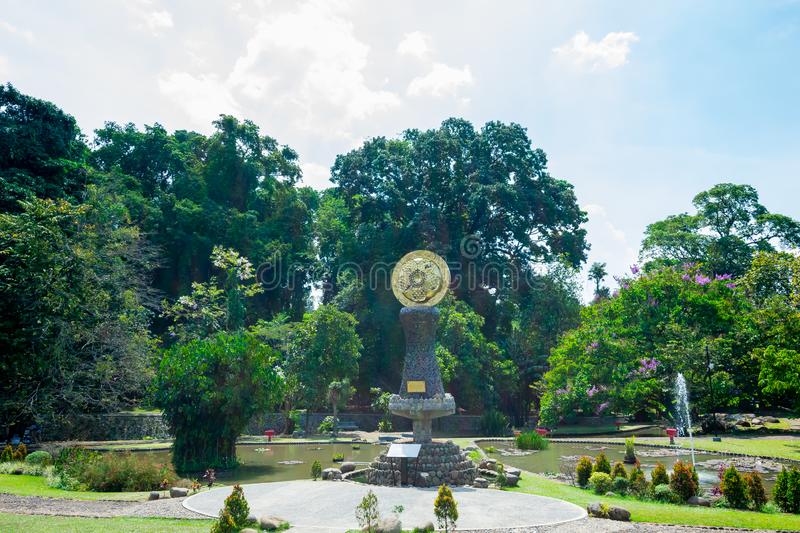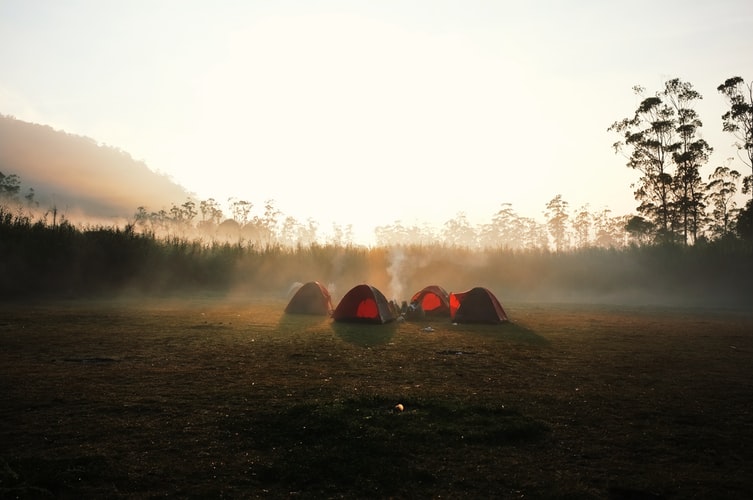The Bogor Botanical Gardens are the only natural destination in the middle of Bogor city with 87 hectares area. The transportation support capacity is very adequate to access this tourist location. Easy toll access and public transportation access are widely available, which are added values ??for the existence of this tourist location. The existence of the Bogor Botanical Gardens itself cannot be separated from the historical value of the existence of the Dutch in the colonial period, where it is known that the Bogor Botanical Gardens was founded by the Governor General G.A.G.P. Baron van der Capellen with ideas from Reinwardt who immediately became the leader of the Bogor Botanical Gardens at that time. Not only that, history also records the beginnings of plantations that exist today in Indonesia, namely oil palm plantations which are said to have been the first parent in the Bogor Botanical Gardens, and even tea plantations as well.
This is because, at first, the Dutch made the Bogor Botanical Gardens as an experimental garden for plantation crops during the Dutch East Indies era. Not only that, the Bogor Botanical Gardens at that time also became the mother of the birth of research institutions in Indonesia, especially in the botany field.
History also records that the birth of scientific institutions such as Bibliotheca Bogoriensis (1842), Herbarium Bogoriense (1844), Cibodas Botanical Gardens (1860), Treub Laboratory (1884), and the Museum and Zoology Laboratory (1894) begins from Bogor Botanical Garden as the place of botanist scientists at that time. Now, almost all of the above institutions are under the management of the State Institution, namely the Indonesian Institute of Sciences (LIPI). However, some are managed by the Ministry of Institutions, such as the Ministry of Forestry and Environment and the Ministry of Agriculture.
Currently, the Bogor Botanical Gardens is managed by LIPI through the Research Center for Plant Conservation and Botanical Gardens, which has the main function as conservation institution that has five functions: conservation, research, education, tourism, and environmental services. Not only the Bogor Botanical Gardens, the development of botanical gardens is also carried out in several locations under the management of LIPI, such as Cibodas Botanical Gardens, Purwodadi Botanical Gardens, Bali Botanical Gardens, and Cibinong Ecopark Botanical Gardens. The success of building the conservation institution was also finally able to spread its wings to areas with a total of 31 Regional Botanical Gardens which were successfully built under the management of 29 by the local government and 2 by the University. This number has the opportunity to increase, along with conservation issues that starting to looked at, because it is a long-term investment that can bring regional economic value.
–sh





